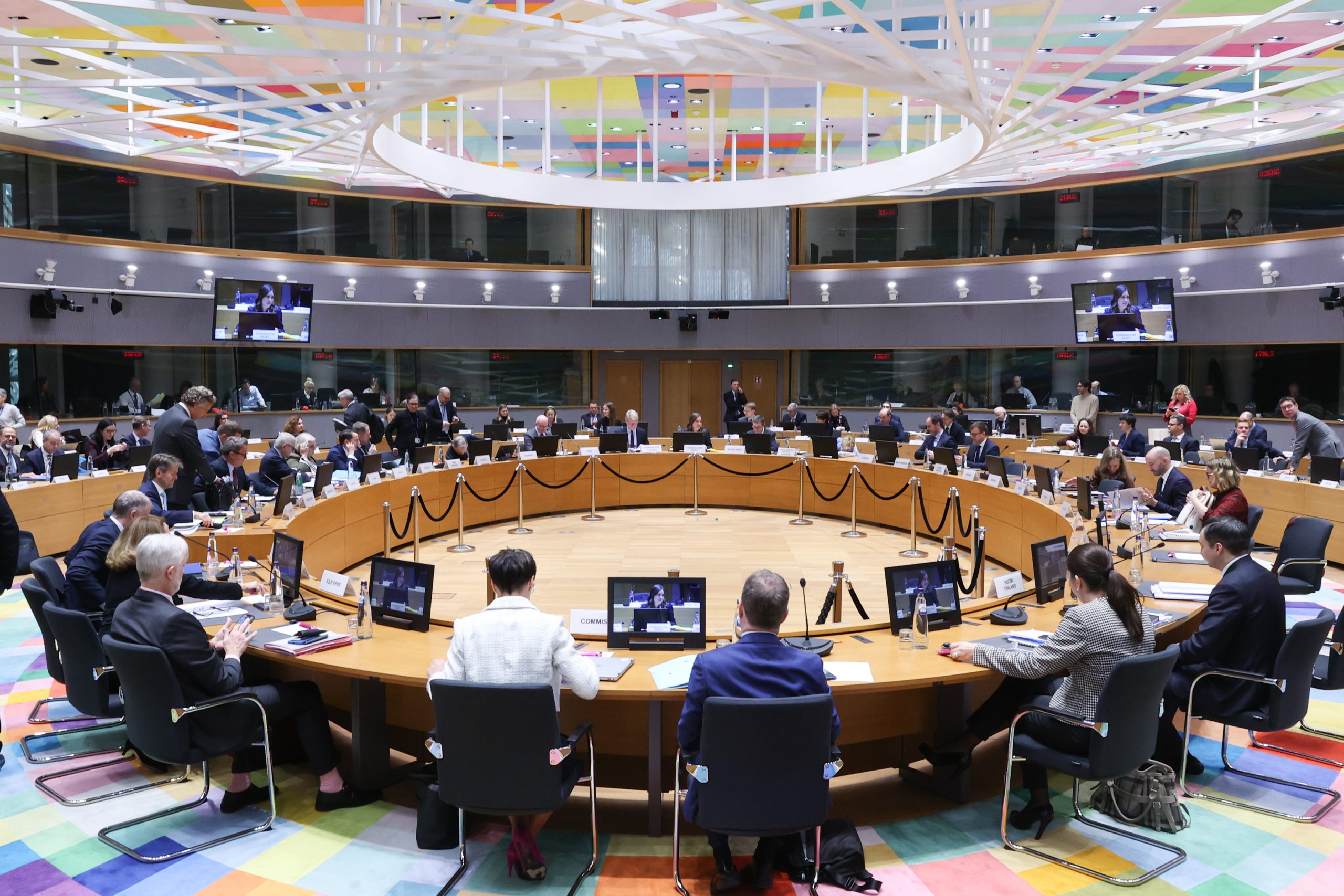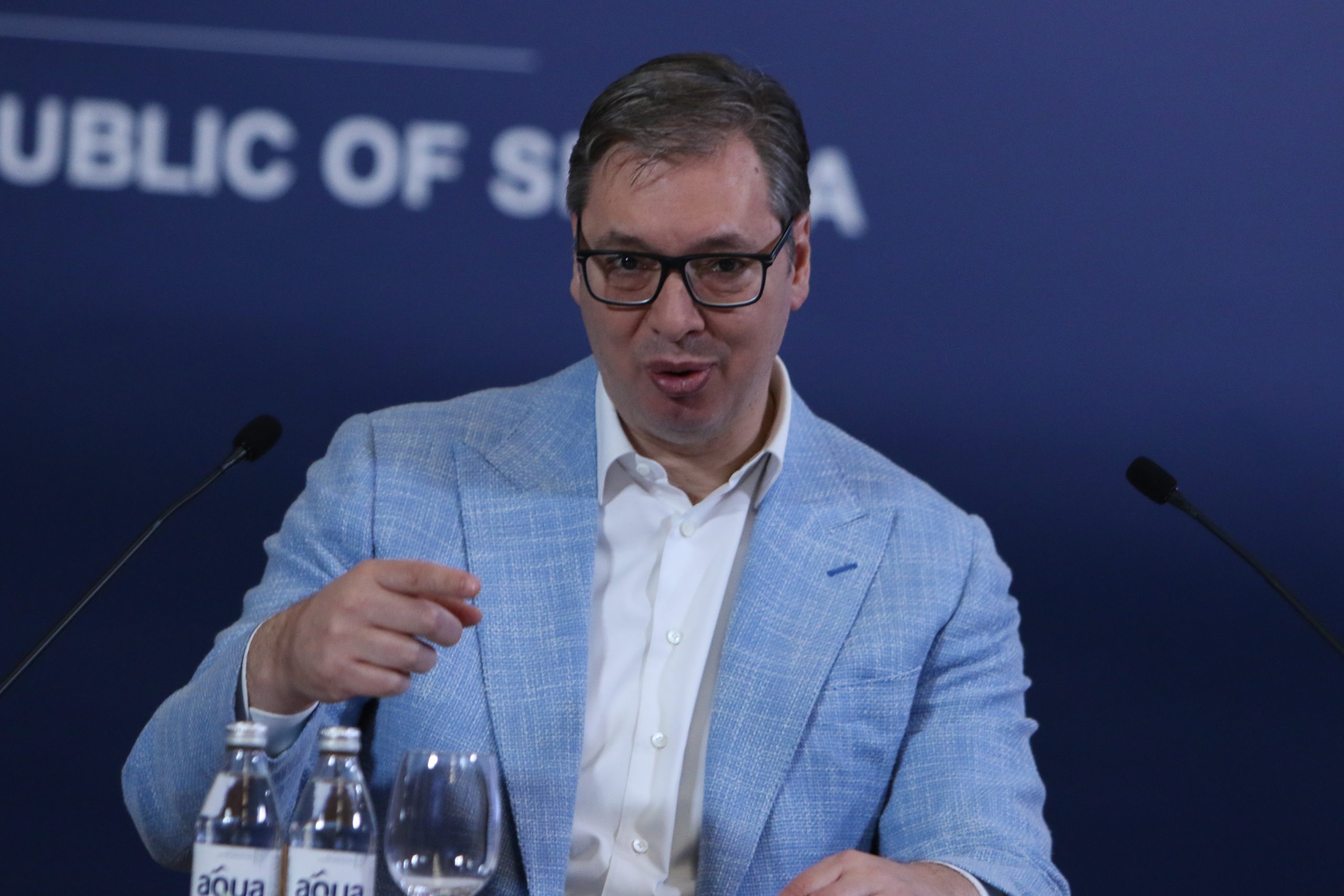For over four months, mass protests have been taking place across Serbia, sparked by students who began blocking university buildings. All student-organized events have been peaceful, although several separate protests have included incidents such as citizens throwing eggs at ruling party officials or attempting to enter municipal buildings. On the other hand, the Serbian government has consistently tried to discredit the entire student movement by portraying it as violent.
The regime’s two main strategies have been to fabricate incidents that are quickly exposed as fake news and, on the other hand, to spread narratives that suggest that the protests represent the terror of a minority seeking to “topple” the state.









